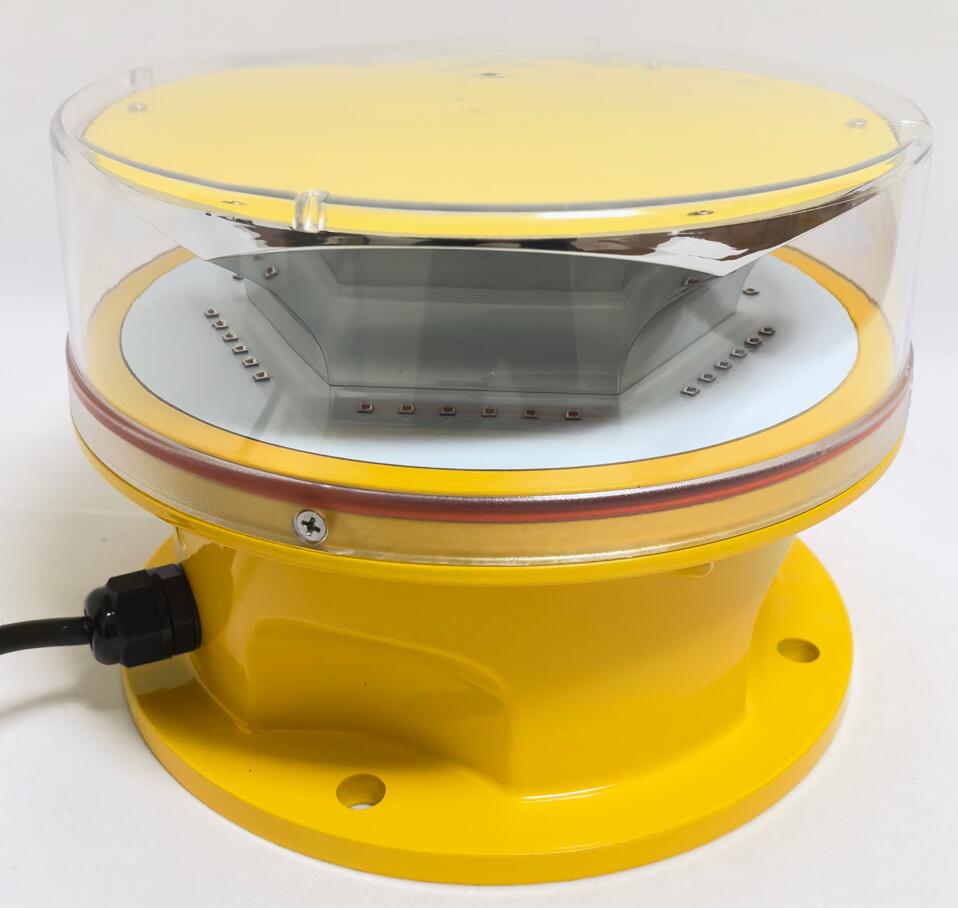Posted: 2025-03-27
Aviation obstruction lights are critical safety devices installed on tall structures such as towers, wind turbines, and buildings to prevent collisions with aircraft. These lights vary in type, intensity, and technology, leading to significant price differences. This article provides an updated aviation obstruction light price list while exploring key factors influencing costs and current market trends.
Types of Aviation Obstruction Lights and Their Price Ranges
1. Low-Intensity Obstruction Lights (L-810)
Price Range:
50
–
50–300 per unit
Applications: Structures below 150 feet (45 meters)
Features: Steady-burning red lights, often LED-based for energy efficiency.
2. Medium-Intensity Obstruction Lights (L-864/L-865)

Applications: Structures between 150 – 500 feet (45 – 150 meters)
Features: Flashing white or red lights, compliant with FAA/ICAO standards.
3. High-Intensity Obstruction Lights (L-856/L-857)
Price Range:
1
1,500–5,000+ per unit
Applications: Structures exceeding 500 feet (150 meters)
Features: Powerful xenon or LED strobes, visible for long distances.
4. Dual Lighting Systems (Combination of L-810 and L-864/865)
Price Range:
800
–
800–3,000 per unit
| aviation obstruction light price list |
Applications: Structures requiring both day and night marking.
Factors Affecting Aviation Obstruction Light Prices
1. Light Intensity and Compliance Standards
Higher-intensity lights meeting FAA, ICAO, or other regulatory standards cost more due to advanced technology and certification requirements.
2. Power Source and Energy Efficiency
Solar-powered lights: Typically more expensive upfront (
800
–
800–3,000) but reduce long-term energy costs.
AC-powered lights: Lower initial cost (
200
–
200–2,000) but require wiring and maintenance.
3. Durability and Weather Resistance
Lights designed for extreme conditions (e.g., marine or Arctic environments) have higher price tags due to ruggedized materials.
4. Smart Features and Automation
Modern obstruction lights with remote monitoring, automatic brightness adjustment, and IoT connectivity can cost 20-30% more than standard models.
| aviation obstruction lights price list |
5. Brand and Supplier Reputation
Established brands (e.g., Orga, Hughey & Phillips, Dialight) may charge premium prices compared to generic manufacturers.
Current Market Trends in Aviation Obstruction Lighting
1. Shift Toward LED Technology
LED-based lights dominate the market due to their long lifespan (50,000+ hours) and lower energy consumption, reducing replacement and operational costs.
2. Increased Demand for Solar-Powered Solutions
Remote and off-grid installations are driving demand for solar-powered obstruction lights, despite higher initial costs.
3. Stricter Regulatory Compliance
New aviation safety regulations are pushing for brighter, more reliable lighting systems, increasing prices for compliant models.
4. Growth in Renewable Energy Projects
Wind farms and telecom towers are major buyers of obstruction lights, fueling market expansion and competitive pricing.
The aviation obstruction light price list varies widely based on type, technology, and compliance requirements. While low-intensity lights are affordable, high-intensity and smart lighting systems command premium prices. Buyers should evaluate long-term benefits, including energy savings and durability, rather than just upfront costs. As the industry evolves, LED and solar-powered solutions are expected to dominate, offering cost-effective and sustainable safety solutions for aviation.